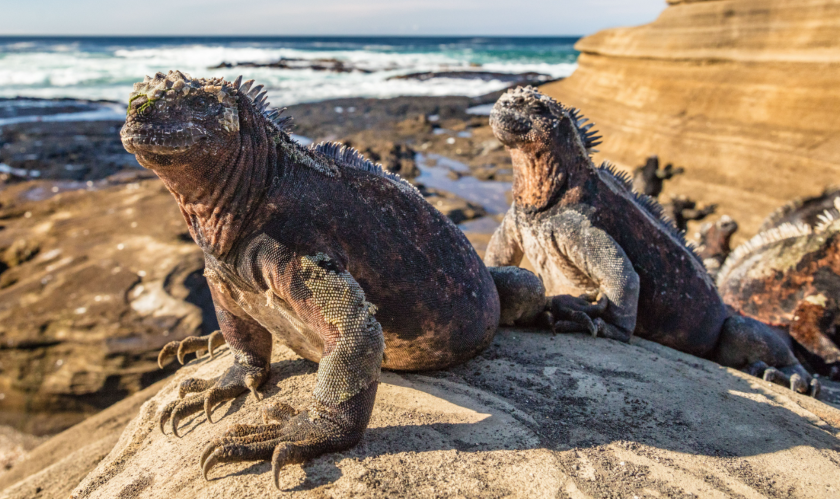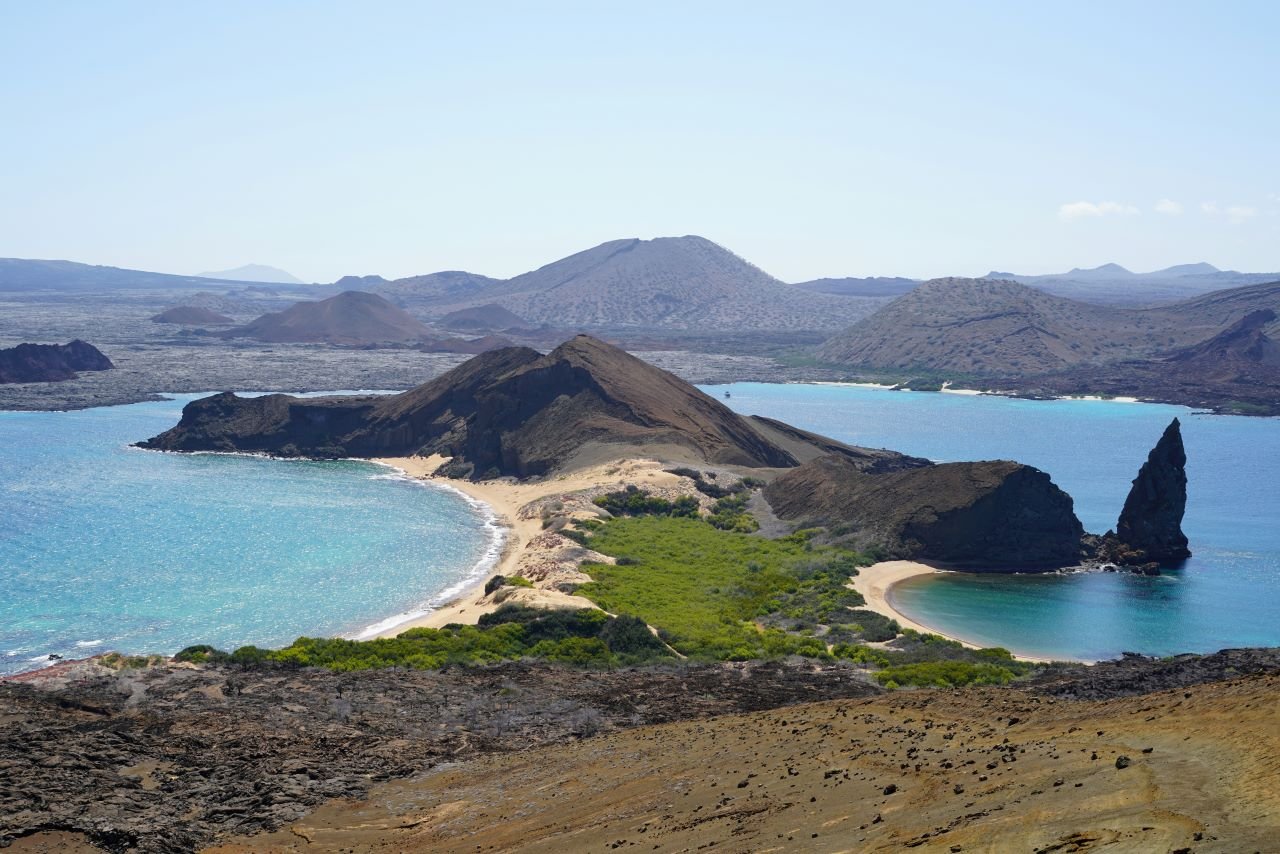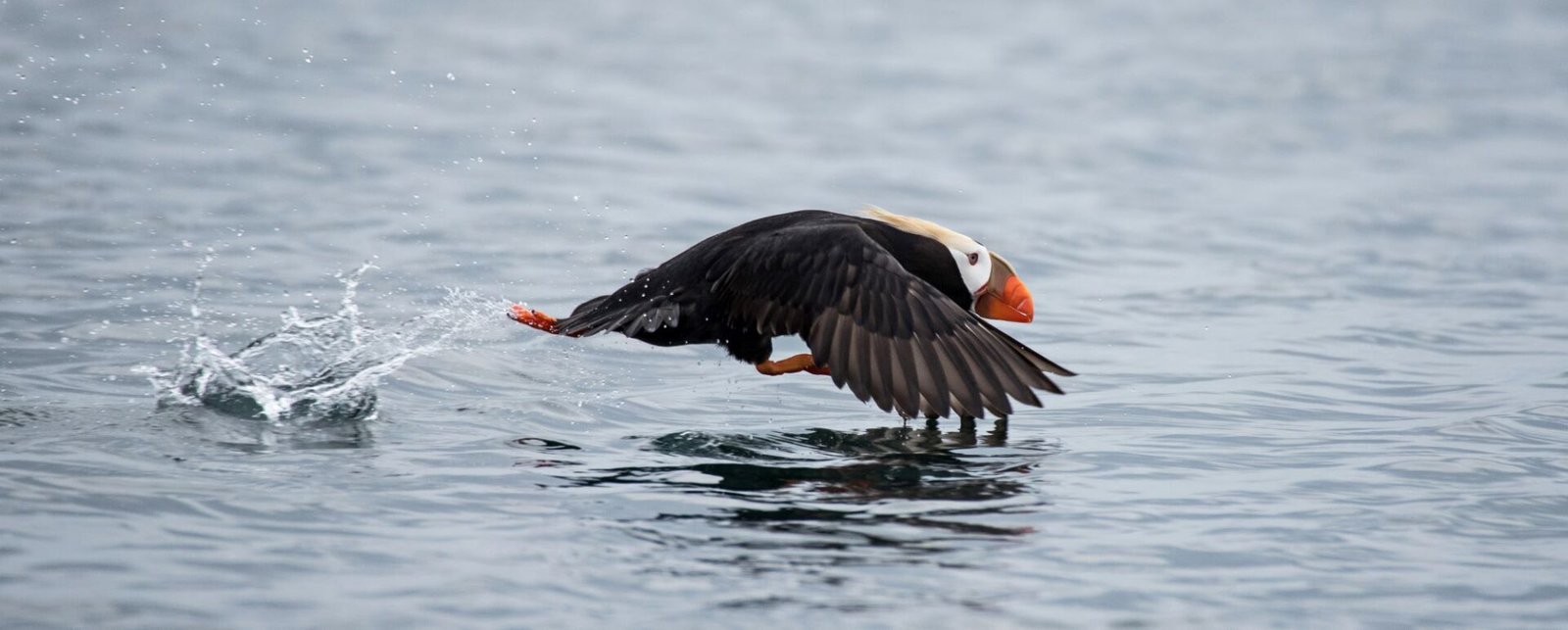Islands are biodiversity hotspots, yet today they are under threat. Despite contributing only around 6.7% of land surface area, islands harbor around 20% of the Earth’s biodiversity. To put these numbers into perspective: if the Earth’s total landmass were divided into 15 equal parts, all islands would fit into just one of these – and that single part would contain over 3.5 times as many species as the other 14. Unfortunately, islands are also home to nearly half of all threatened species in the world, with around 75% of all known extinctions having occurred on islands.

Galápagos Land Iguanas are listed as Vulnerable by the International Union for the Conservation of Nature (IUCN).
One of the major threats to biodiversity worldwide are invasive alien species. These are species that are accidentally or intentionally introduced into an ecosystem, often spreading and posing a threat to native species. Island ecosystems are particularly vulnerable, with invasive species estimated to threaten over 2000 species worldwide, 73% of which are found exclusively on islands. Invasive rodents – like mice and rats – have made their way to over 80% of island groups worldwide, often hitching rides on ships and cargo. Once there, they wreak havoc on native wildlife and ecosystems by eating eggs, outcompeting endemic species, and destroying habitats.

Seabird egg predation by rodents can devastate an island ecosystem. Photograph: Island Conservation
Conservationists have fought back with eradication programs, often relying on techniques such as poison bait or trapping. Although these approaches have achieved many successes, scaling them can be challenging – particularly on large or remote islands – and they can have negative impacts on non-target species. Complete eradication of invasive threats from islands is not always possible and even small numbers of rodents can allow the population to quickly rebound. In this context, researchers have been exploring new tools that can complement existing conservation approaches.
A New Genetic Tool for Conservation
Gene drives are an emerging form of genetic engineering that could tip the evolutionary scales in our favor. Normally, genes are passed on to offspring in a 50/50 split — the basic rule of Mendelian inheritance. But with a gene drive, scientists can bias this process so that a particular gene is inherited far more frequently.
In the context of rodent control, ongoing research is focusing on developing a gene drive approach that could control the number of invasive rodents by driving a trait through the local population that makes females infertile.

Invasive rats, primarily the black rat (Rattus rattus), have severely impacted the Galapagos Islands by preying on the eggs and young of ground-nesting birds and reptiles, driving some species to near extinction.
Gene drive systems have already been successfully developed in invertebrates such as mosquitoes, but until recently, they had proven challenging to develop in rodents. In 2022, Professor Paul Thomas and his PhD student Luke Gierus at the University of Adelaide found a clever workaround. They took advantage of a natural gene drive already found in mice: the t-haplotype, which naturally biases inheritance in male mice due to sperm competition. The engineered gene drive – called t-CRISPR – leverages this naturally occurring drive to spread faulty-copies of a female fertility gene which overtime impact the mice population’s ability to reproduce. Using this approach, modified mice have already successfully been developed in the lab. We are now working to understand how these mice would spread if they were to be released in the wild. Part of this work involves modeling studies.
Modeling Nature’s Complexity
Modeling is not just about answering the question: “Will it work?” Models are designed to simulate intricate biological and ecological realities. Researchers have to consider complex mating behaviors including how mice find mates, choose partners, and move around their environment. Incorporating all these variables into the models helps us better predict how the gene drive might spread, and what factors might make or break its success.
The results so far are encouraging. Our models suggest that t-CRISPR could eradicate large island populations of invasive mice within a reasonable timeframe. Not only that, but the same technology could potentially help mitigate the devastating mouse plagues that periodically sweep across agricultural regions in Australia, reducing populations by up to 90%.

In 2013, the Tufted Puffin was discovered breeding on Hawadax Island for the first time ever following the removal of invasive rats.
Hope for threatened ecosystems
Removing invasive species from islands improves biodiversity and ecosystem health. Successful eradication efforts not only help native species recover but also help restore vital nutrient flows between land and sea. In turn, this supports healthier fish populations, stronger coral reefs, and greater resources for local communities. Gene drive technologies are not a silver bullet, and they come with ethical and ecological considerations. However, as islands – and the unique species they support – continue to face existential threats from invasive rodents, these technologies have the potential to support ongoing conservation efforts and help restore these threatened ecosystems. With thoughtful design, rigorous testing, and transparent dialogue with the public and policymakers, gene drive technologies could help us rethink how we protect island ecosystems and manage invasive species going forward.
Recent posts
